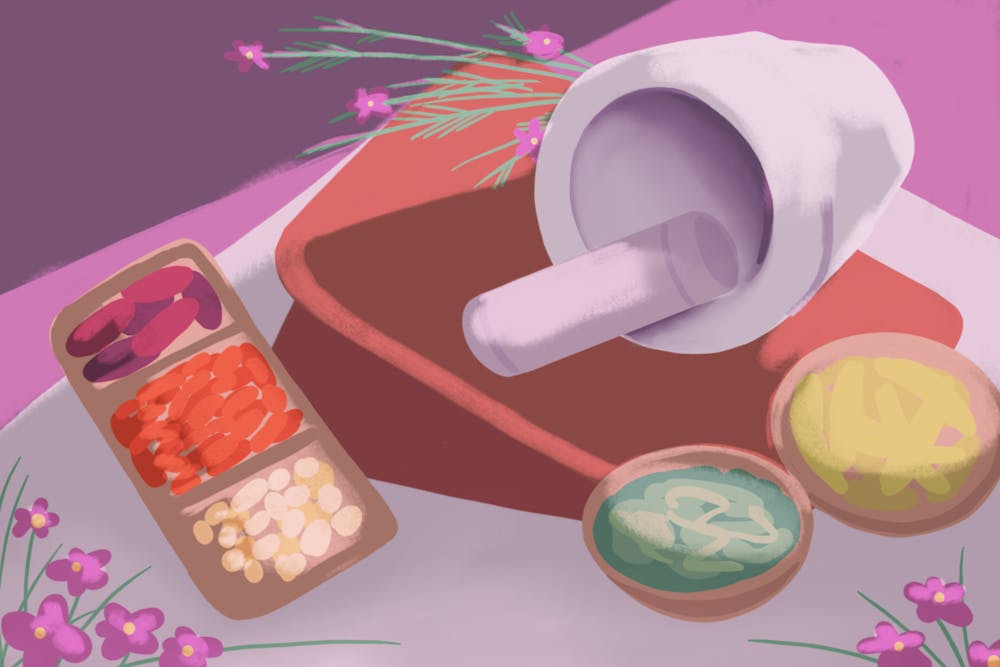I was born and grew up in Vietnam, a country with a rich history shaped by many ups and downs. Its culture reflected the influences of various nations and blended into its healthcare practices, which have been impacted by Western and Traditional Chinese Medicine.
Traditional Vietnamese Medicine, or Đông Y, shares many fundamental principles with Traditional Chinese Medicine, including balancing Yin and Yang and the Five Elements.
Yin and Yang is a theory suggesting that everything has two sides, which oppose but rely on one another and transform into each other. Yin represents cold, passivity and night, while Yang symbolizes heat, activity and day. The imbalance of Yin and Yang in the body will lead to illnesses.
There are two main types of remedies, one with "heat" (thuốc tính nhiệt) and "cold" (thuốc tính hàn). Patients with cold syndrome, whose symptoms include cold hands and feet, are considered Yin-dominant. Such patients will typically be treated with medicines with "heat" elements or warm spices such as ginseng.
The Yin and Yang theory is embedded in the lives of many Vietnamese people and extends beyond Eastern medicine or the relationship between doctor and patient. It can be seen in politics, explaining the relationship between integrity and corruption, as well as in literature, cuisine and daily life.
This theory has shaped the way my family maintains wellness. For example, I often experienced the invasion of cold pathogenic factors (hàn tà), which would result in menstrual cramps and a cold sensation in my lower abdomen. My parents would make me shrimp congee, a warm dish that could bring the warmth needed for me to restore the balance.
Besides the Yin and Yang theory, the Five Elements theory is also essential in maintaining wellness. It emphasizes the importance of balancing wood, fire, earth, metal and water.
In the generating cycle, wood creates fire, fire nourishes earth, earth bears metal, metal produces water, and water creates wood. In contrast, water destroys fire, fire melts metal, metal cuts wood, wood controls earth, and earth absorbs water.
Each element is associated with different organs, which can be used to detect the root of the disease.
Tiffany Cruikshank, a licensed acupuncturist, experienced registered yoga teacher and the founder of Yoga Medicine, gave an example of how Traditional Chinese Medicine integrates the five elements in a conversation with Healthline.
Cruikshank said people who have high-stress levels usually have digestion issues because stress regulation is associated with wood. In this case, wood overpowers earth, inhibiting earth's ability to do its job of digestion.
In that case, the treatment will focus on calming wood and strengthening earth. Remedies, acupuncture and stress reduction activities are typically used. Ginger tea and dried tangerine peel tea are my mom's go-to treatments as they support digestion, ease the cold sensation in the stomach and gradually comfort stress.
Nhi is a freshman studying health care coordination. This is her second semester with The State Press. She has also worked as a content creator.




